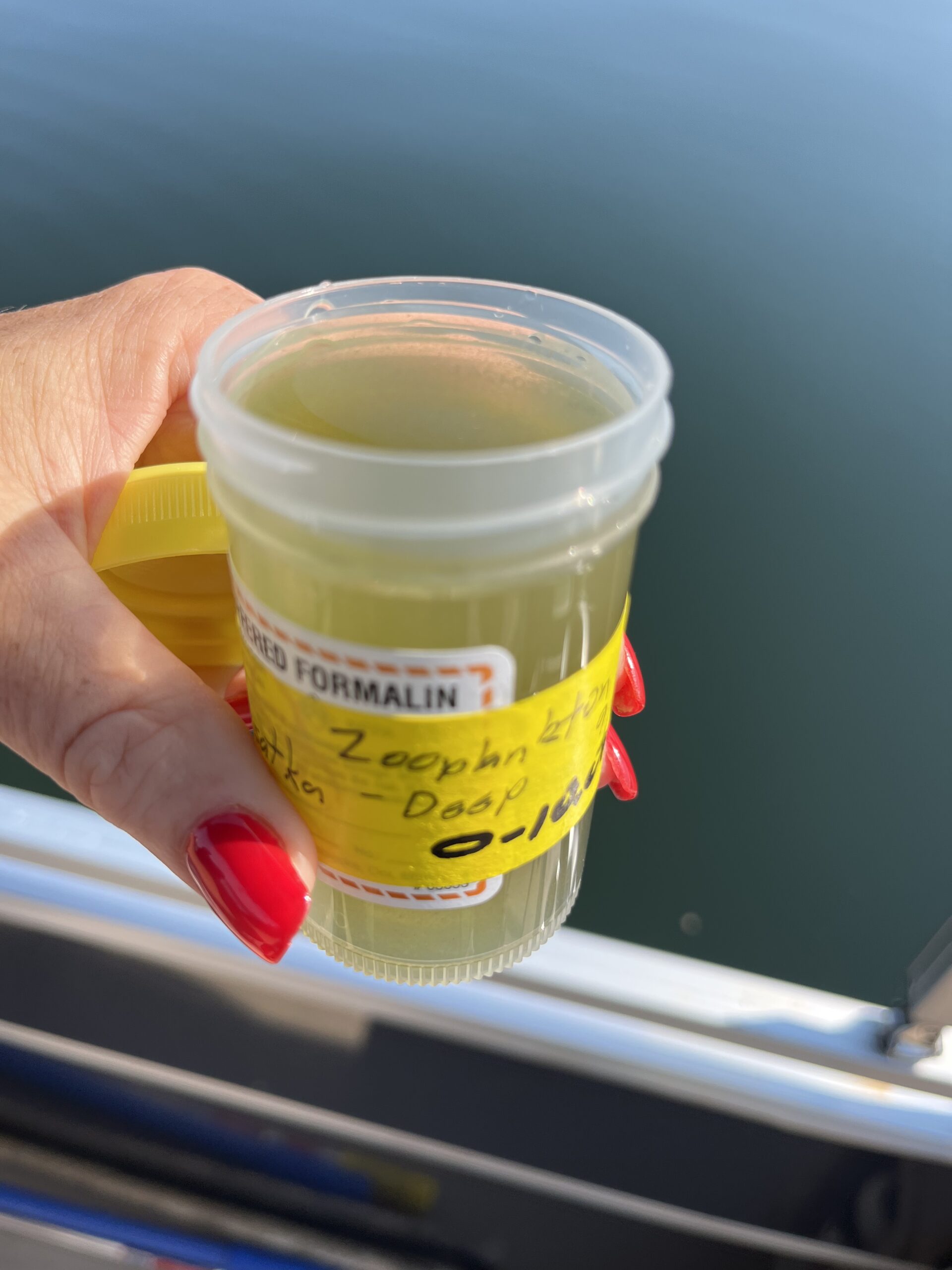Water Quality Monitoring

The Lake Kanasatka Association participates in the Lakes Lay Monitoring Program (LLMP) which is administered jointly through the UNH Cooperative Extension Natural Resources Program Team and the Center for Freshwater Biology at the University of New Hampshire (UNH). This volunteer-based, citizen science program provides valuable data on the lakes of New Hampshire. More than 1100 volunteers across the state have participated in this program since the beginning of the monitoring efforts in 1979.
LLMP Water Quality Monitoring Reports
Please note that these reports show a summary of information for the last 4 years. When the 2022 reports are available they will be added below. The LLMP Program discontinued creating full reports in 2018, which is why that is the only year where the highlight and full report are shown. To view the reports for waterbodies around the state, use the LLMP Mapper.
Lake Kanasatka
2024 Highlight Report
2023 Highlight Report
2022 Highlight Report
2021 Highlight Report
2020 Highlight Report
2019 Highlight Report
2018 Highlights/ Full Report
Wakondah Pond
2024 Highlight Report
2023 Highlight Report
2022 Highlight Report
2021 Highlight Report
Water Quality Presentations
July 2022
July 2021
July 2019
July 2018
Photos courtesy of Laura Diemer, FBE
Thank you to UNH for loaning LKWA the water quality monitoring equipment in the photos below!
State Removes Cyanobacteria Advisory for Lake Kanasatka in Moultonborough, NH 11.16
Concord, NH- The New Hampshire Department of Environmental Services (NHDES) has REMOVED a cyanobacteria advisory for Lake Kanasatka that was issued on 8/29/2022. While the bloom accumulation has dissipated, NHDES advises that lake-goers look out for green surface accumulations in the future. Please continue to monitor your individual shoreline for changing conditions. This advisory was not based on a toxin evaluation and was intended as a precautionary measure for short term exposure. Cyanobacteria are natural components of water bodies worldwide, though blooms and surface scums may form when excess nutrients are available to the water. Some cyanobacteria produce toxins that are stored within the cells and released upon cell death. Toxins can cause both acute and chronic health effects that range in severity. Acute health effects include irritation of skin and mucous membranes, tingling, numbness, nausea, vomiting, seizures and diarrhea. Chronic effects may include liver and central nervous system damage. Be cautious of lake water that has a surface scum, changes colors, or appears to have green streaks or blue-green flecks aggregating along the shore. The advisory went into effect on August 29, 2022 and was removed on November 16, 2022. Visit the NHDES Harmful Algal and Cyanobacteria Bloom Program website for photos and [...]
Kanasatka Cyanobacteria Update 10.21.2022
Lake Kanasatka was resampled today, 10/20/2022. The cyanobacteria density has decreased from last week, the highest sample was from Glidden Road, with total density of 45,900 cells/mL of Dolichospermum and Aphanizomenon. The Kilnwood sample total was 9,034 cells/mL of Dolichospermum, Aphanizomenon and Woronichinia. The dam sample had a total of 14,566 cells/mL of Dolichospermum and Aphanizomenon. This is a huge improvement from densities observed last week, but considering the fluctuations we've observed, and the continued heightened density, I think we should wait for another sampling event prior to lifting this advisory. Unfortunately I will be at a conference all next week, so we won't be able to review another set of samples until the first week in November. If samples continue to have low density after another round of sampling there will be greater confidence that the event has passed. For now, please keep signs posted at public access points. If people ask for updates on the current cyanobacteria advisory status, please direct them to the Beach Advisories Mapper. If you click on the advisory symbol, you can see our most recent sampling date. When advisories are lifted, the red symbol for the waterbody will no longer be on the map. Please forward to other [...]












